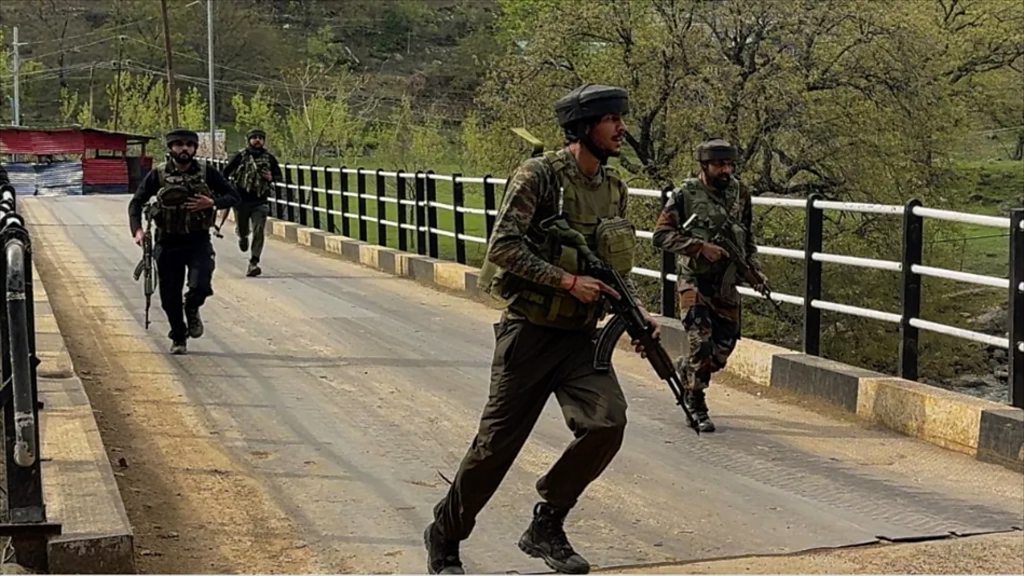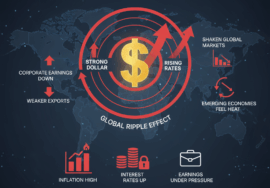Pakistan’s Economy and the “Victim Card”: A Strategy Fueled by Fear and Fundraising

Twenty-five Hindu tourists and a local Muslim guide were among the 26 people killed in a terrorist assault in Pahalgam, Jammu and Kashmir, on April 22, 2025. Hindus were targeted by militants with M4s and AK-47s, who made them chant Islamic passages before putting those who were unable to do so to death. In light of continuing claims of cross-border terrorism sponsorship, the attack increased tensions between India and Pakistan and brought Pakistan’s victim narrative under closer examination.
The Attack: A Cold-Blooded Assault
Through thick trees, militants entered Baisaran and targeted people according on their faith, making them repeat Islamic prayers right before being put to death. They also killed a Muslim guide who attempted to resist. It was among India’s bloodiest civilian assaults in more than ten years.
The Victim Economy
Pakistan has developed a strategic playbook over the years: it instantly raises concerns about Indian military retribution whenever tensions with India increase, particularly following terror incidents like Pulwama (2019), Uri (2016), or the most recent Pahalgam tragedy in 2025. Reports of “imminent conflict” flood the media, residents are evacuated from border areas, and diplomatic channels are opened in an attempt to attract attention from around the entire globe.
This “preventive panic” has political and financial motivations in addition to public safety concerns. By playing the victim, Pakistan is able to divert attention from terrorist connections to humanitarian issues, possible refugee problems, or regional instability. Additionally, this story of terror has frequently led to significant military and economic assistance.The Firstspot Reporter Palki Sharma mention about this in her news report. LINK – https://youtu.be/OJLIb4yYFQc?si=Smn7i20oo8V3yjPI
The US-Pakistan Equation: Strategic Blind Spots
The United States is likely the clearest illustration of this problematic dynamic. The United States has continuously given Pakistan billions in military and economic aid, even though it is a strong opponent of terrorism and a strategic partner of India. Pakistan’s position as a “frontline state” in the War on Terror following 9/11 served as the initial justification for a large portion of this funding. However, Osama bin Laden’s discovery in Abbottabad, close to a Pakistani military academy, years later cast doubt on Pakistan’s sincerity.
However, despite regular stop and cuts, the relief line has continued to operate. A deeper paradox is shown by this duality in U.S. foreign policy: helping Pakistan militarily while rejecting the very extremist networks it is said to harbor. Geopolitical balancing is required to achieve counterterrorism goals.
Weaponizing Fear for Foreign Funds
Pakistan’s struggling economy—marked by inflation, a falling rupee, and IMF reliance—often uses India-related conflict to divert attention and secure aid. By portraying itself as a regional buffer under threat, it gains funds, but this victim tactic fosters long-term dependency and undermines credibility.
Time to End the Charade
Pakistan’s economic “victim card” delays counterterrorism efforts and threatens regional peace. Aid must be dependent on real reforms and peacebuilding, according to the international community, particularly the United States. Pakistan must stop acting as a perpetrator if it wants to be seen as a victim.










